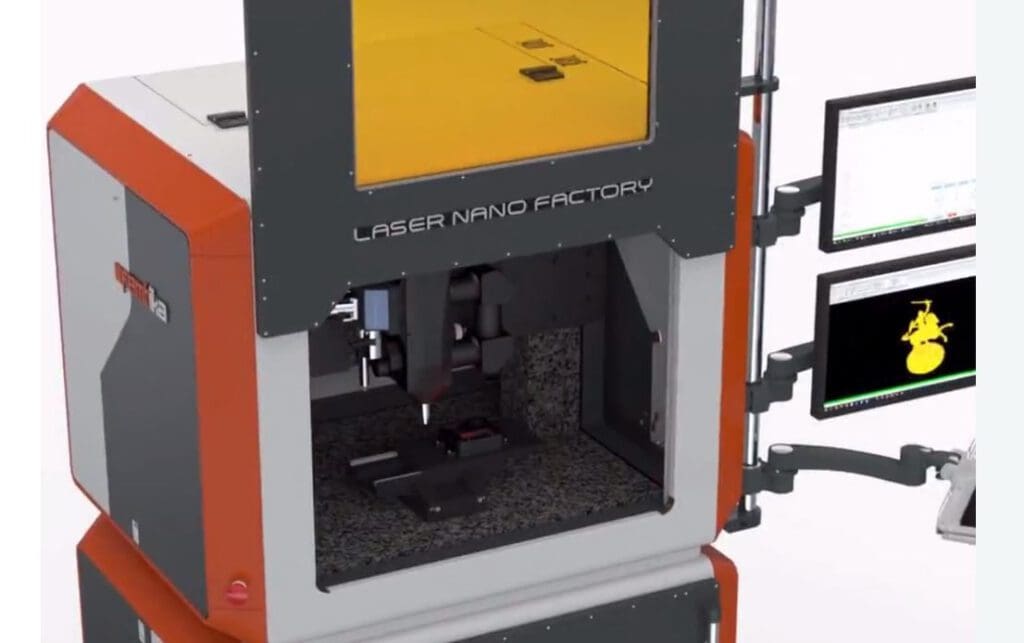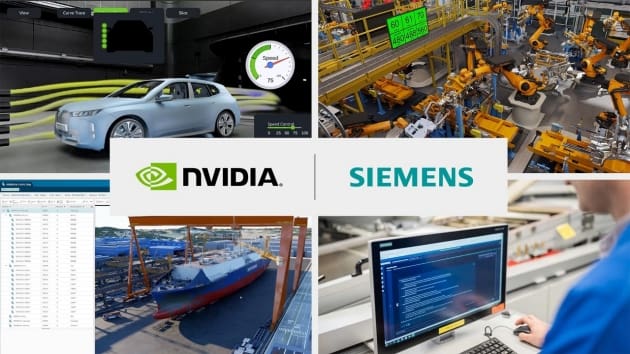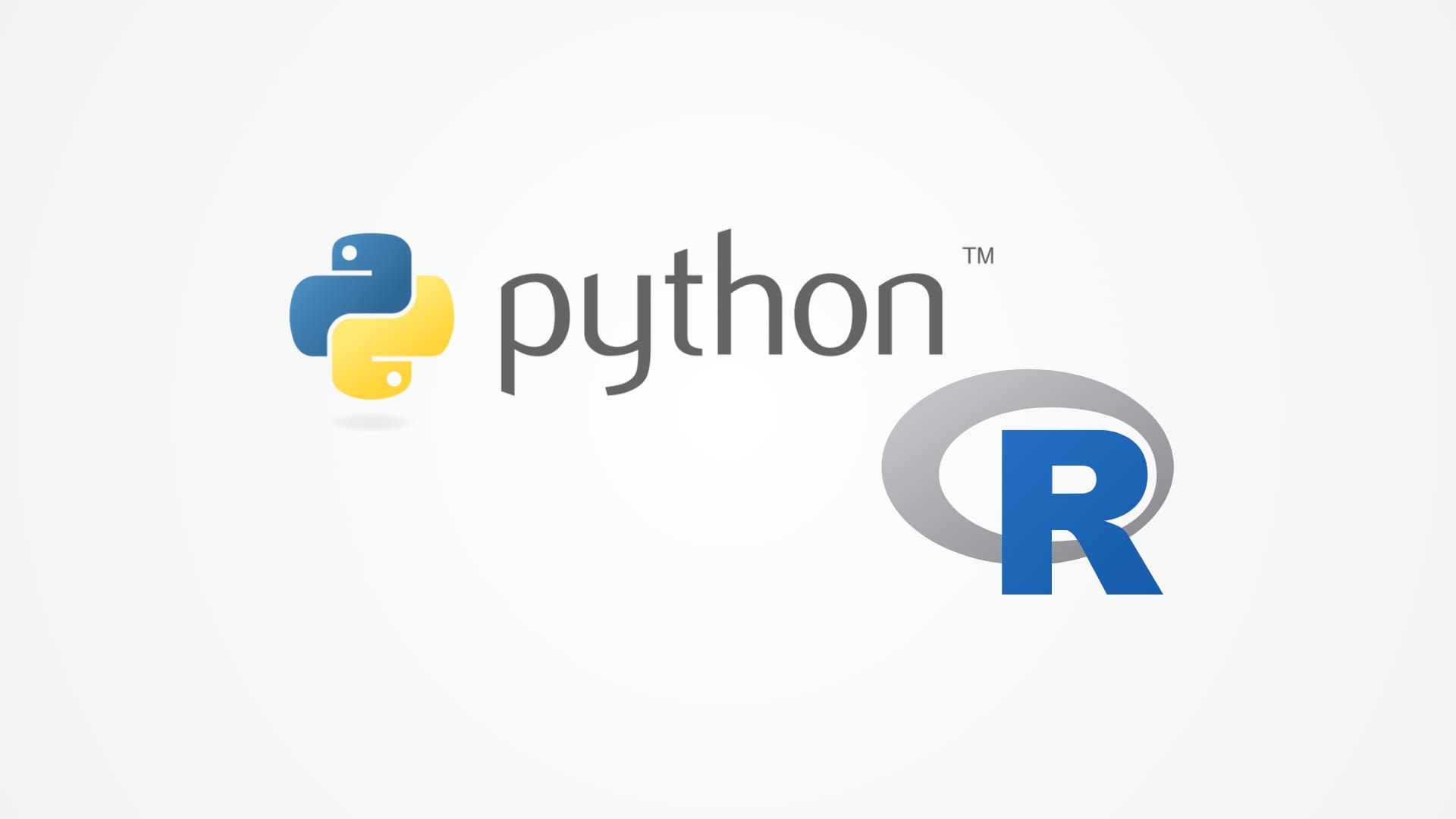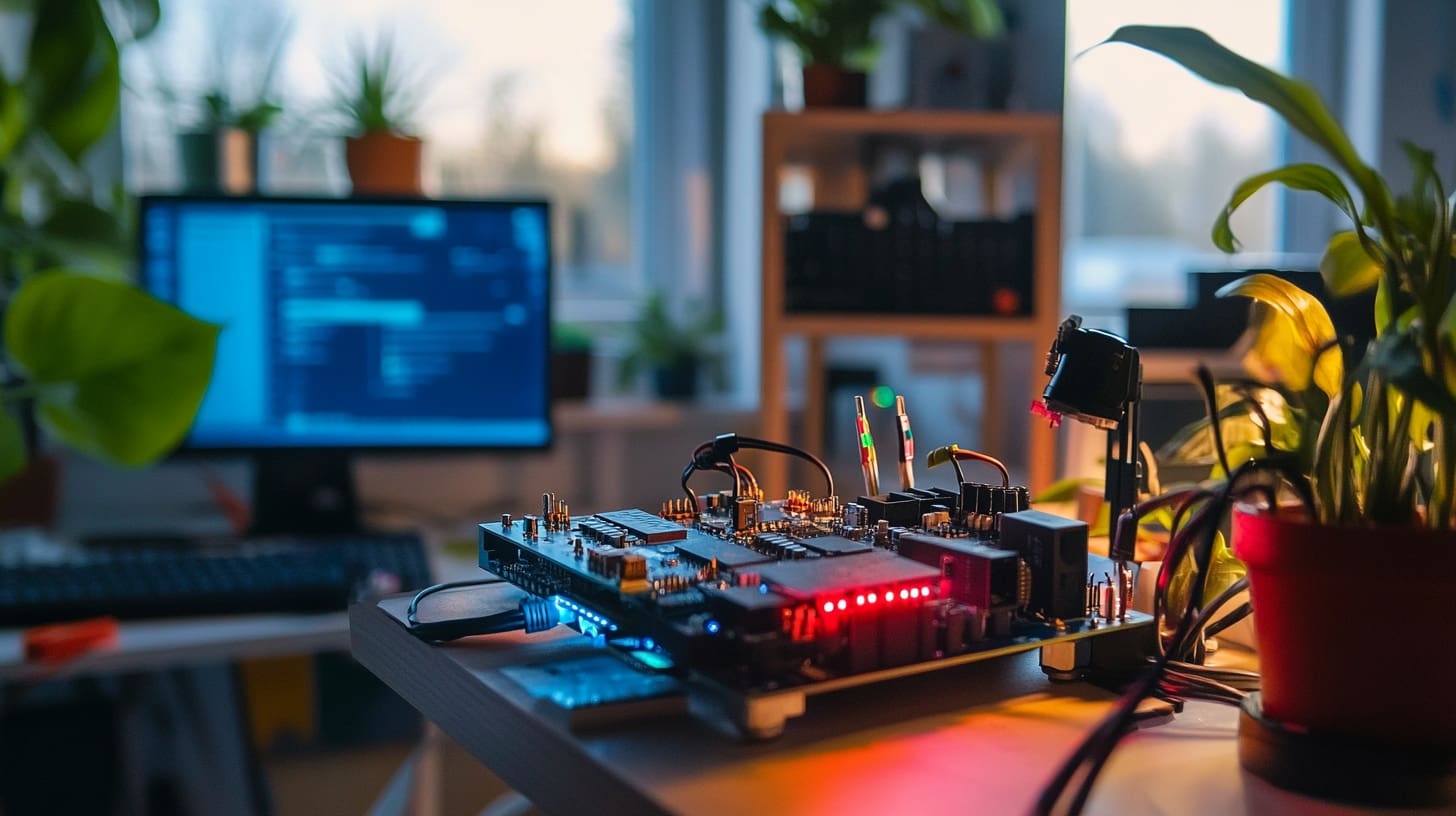In advanced 3D printing technologies, especially those involving laser sintering or stereolithography, the beam deflection system plays a critical role. This system, consisting of finely tuned mirrors and lenses, directs and focuses the laser beam across the build surface to fuse or cure materials with high precision. This article delves into the importance, functionality, and maintenance of the beam deflection system in 3D printing, underscoring its pivotal role in achieving detailed, accurate, and high-quality prints.
Importance of the Beam Deflection System in 3D Printing
Precision and Control: The beam deflection system allows for precise control over the position and movement of the laser beam, which is crucial for achieving the fine details and complex geometries required in modern 3D printing.
Speed and Efficiency: By rapidly steering the laser beam across the build area, the beam deflection system significantly speeds up the printing process, enhancing productivity and operational efficiency.
Material Compatibility: The ability to adjust the focus and intensity of the laser beam makes the beam deflection system adaptable to a variety of materials, each with different absorption properties and melting points.
Quality and Consistency: Consistent delivery of the laser beam in the precise pattern designed by the 3D model ensures uniform quality across the entire print, reducing errors and material waste.
Components of the Beam Deflection System in 3D Printers
Galvanometer Scanners (Galvos): These are the core of the beam deflection system, consisting of small mirrors mounted on high-speed rotors. Galvos can rapidly adjust the angle of the mirrors to change the direction of the laser beam.
Servo Motors: These motors control the movement of the galvanometer mirrors. The precision and speed of these motors are critical for the accurate positioning of the laser beam.
F-Theta Lenses: These specialized lenses are used to focus the laser beam across the build area. They ensure that the laser maintains a consistent focus at all points on the build surface, crucial for uniform curing or sintering.
Control Electronics: These components manage the input signals to the galvanometer scanners and servo motors, translating digital models into precise movement instructions for the beam deflection system.
Feedback Sensors: Often integrated to monitor the position and performance of the mirrors and motors, ensuring that the beam deflection system operates within its specified parameters.
Installation and Calibration of the Beam Deflection System
Proper Installation: Ensuring that the beam deflection system is correctly installed is crucial. This includes aligning the galvanometer mirrors, servo motors, and lenses according to the manufacturer’s specifications.
Calibration: The system must be calibrated to ensure that the laser beam precisely matches the planned pathways and focal points indicated by the 3D model. Calibration typically involves setting up the system to reflect a known pattern and adjusting until the output matches the expected configuration.
Testing: Conducting rigorous testing to verify that the beam deflection system can accurately replicate complex geometries across different speeds and operation modes is essential for validating its performance.
Maintenance and Optimization of the Beam Deflection System
Regular Cleaning: Optical components like mirrors and lenses should be kept clean to prevent dirt or debris from distorting the laser beam. Specialized cleaning solutions and techniques are recommended to avoid damaging these sensitive components.
Lubrication and Mechanical Checks: Regular checks on the mechanical parts of the galvanometers and servo motors, including lubrication and wear assessment, are necessary to ensure smooth operation.
Alignment Checks: Periodic checks and realignment of the optical components are necessary to compensate for any drift or misalignment that may occur over time or through regular use.
Firmware and Software Updates: Keeping the control electronics updated with the latest firmware and software can enhance the precision and capabilities of the beam deflection system, introducing improvements and new features.
Challenges and Solutions
Mechanical Wear: Continuous operation can lead to wear and tear on mechanical components. Implementing a preventative maintenance schedule can help mitigate this risk.
Thermal Effects: High-speed operation generates heat, which can affect the performance of the system. Adequate cooling solutions are essential to maintain accuracy.
Feedback Accuracy: Ensuring the feedback system accurately reports the position and status of the beam deflection components is crucial for maintaining precision. Regular calibration and upgrading of sensors can enhance feedback accuracy.
The beam deflection system is a critical component in laser-based 3D printers, enabling the precise and efficient creation of complex and detailed objects. Effective management and meticulous maintenance of this system are crucial for maximizing the performance of 3D printers and ensuring the production of high-quality, reliable, and precise printed products. By thoroughly understanding and meticulously maintaining the beam deflection system, manufacturers can achieve improved operational reliability and enhanced print quality, fully leveraging the advanced capabilities of 3D printing technology.








